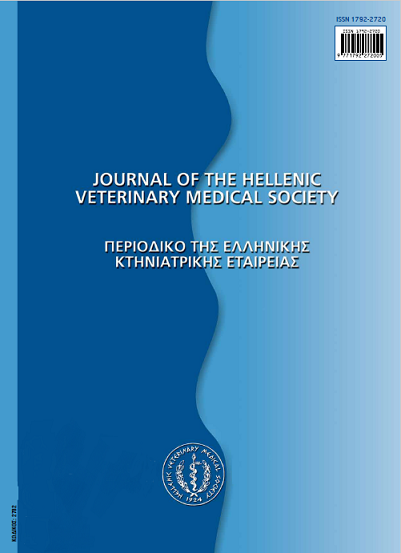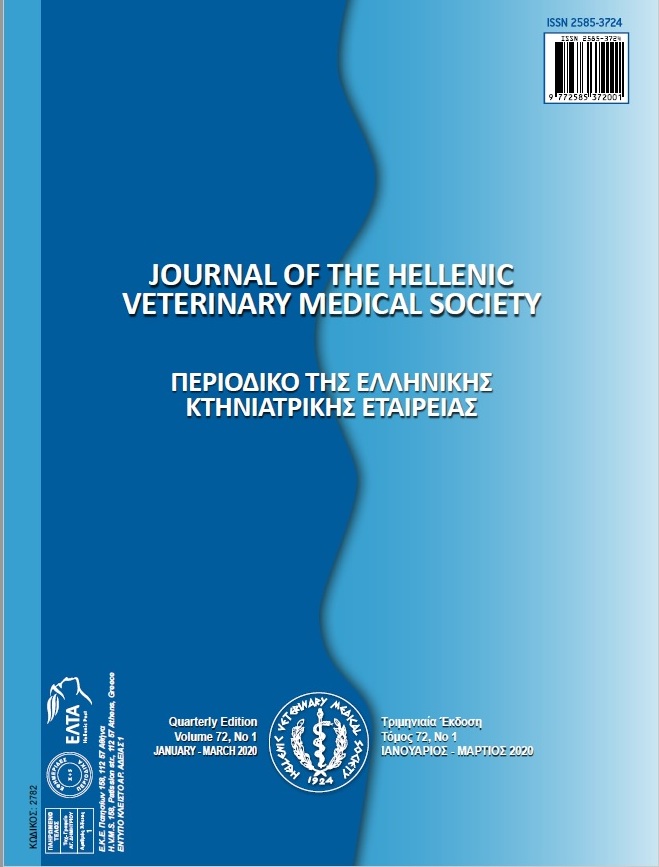Swine artificial insemination: development and biotechnology applications

Abstract
Traditional artificial insemination has been highly contributed in swine global industry development. However, in order to improve the productivity and the reproductive performance of pig farms, new techniques have been performed. Among them, post cervical or intrauterine insemination, deep intrauterine insemination (DUI), intra-oviductal insemination (ΙΟΙ) by laparotomy or laparoscopy, as well as the biotechnological applications, such as sex sorted semen, frozen semen and sperm mediated genes' transfer, have been investigated concerning their efficiency in pig production development. One of the main targets of the aforementioned techniques is to benefit the potential advantages of the high genetic value boars by using the minimal number of spermatozoa needed to achieve a high fertilization rate following artificial insemination. On the other hand, biotechnology could lead in rapid transfer of high genetic potential in inaccessible areas through frozen semen. Moreover, biotechnology could support pig industry increasing the female pigs' production according to the consumers' choices and animals' welfare by sex sorted semen application, as well as producing of transgenic pigs aiming an increased disease resistance, improvement carcass composition, increased feed intake and growth rate. In vivo studies have evaluated the efficiency of the new developments in insemination technology. The results of these studies demonstrated that a satisfactory conception rate and litter size can be obtained by the insemination of low number of spermatozoa in the appropriate position of the female genital tract at the right time, close to ovulation. High farrowing rate and number of live born piglets were noticed after the post cervical insemination with low number of spermatozoa (lxlO9), compared to the traditional artificial insemination. Similar results were observed in other experiments, where 150xl06 or 3xl05 spermatozoa were inseminated using DUI or ΙΟΙtechnique, respectively. Furthermore, the improvement of the materials of the new artificial insemination procedures (catheters, extenders etc) makes the application of it simpler and easier for the workers after a few training. Although the traditional artificial insemination is an indispensable method for the commercial pig farms, the application of currently available sperm technologies is feasible to be performed in selected animals of pig farms with high quality control and management system. The aspects of the development on swine artificial insemination technology concerning the biotechnological applications of boar sperm are reported in the present study.
Article Details
- How to Cite
-
TSAKMAKIDIS, I., TZIKA, E., & LYMBEROPOULOS, A. (2018). Swine artificial insemination: development and biotechnology applications. Journal of the Hellenic Veterinary Medical Society, 61(4), 330–338. https://doi.org/10.12681/jhvms.14906
- Issue
- Vol. 61 No. 4 (2010)
- Section
- Review Articles

This work is licensed under a Creative Commons Attribution-NonCommercial 4.0 International License.
Authors who publish with this journal agree to the following terms:
· Authors retain copyright and grant the journal right of first publication with the work simultaneously licensed under a Creative Commons Attribution Non-Commercial License that allows others to share the work with an acknowledgement of the work's authorship and initial publication in this journal.
· Authors are able to enter into separate, additional contractual arrangements for the non-exclusive distribution of the journal's published version of the work (e.g. post it to an institutional repository or publish it in a book), with an acknowledgement of its initial publication in this journal.
· Authors are permitted and encouraged to post their work online (preferably in institutional repositories or on their website) prior to and during the submission process, as it can lead to productive exchanges, as well as earlier and greater citation of published work.



